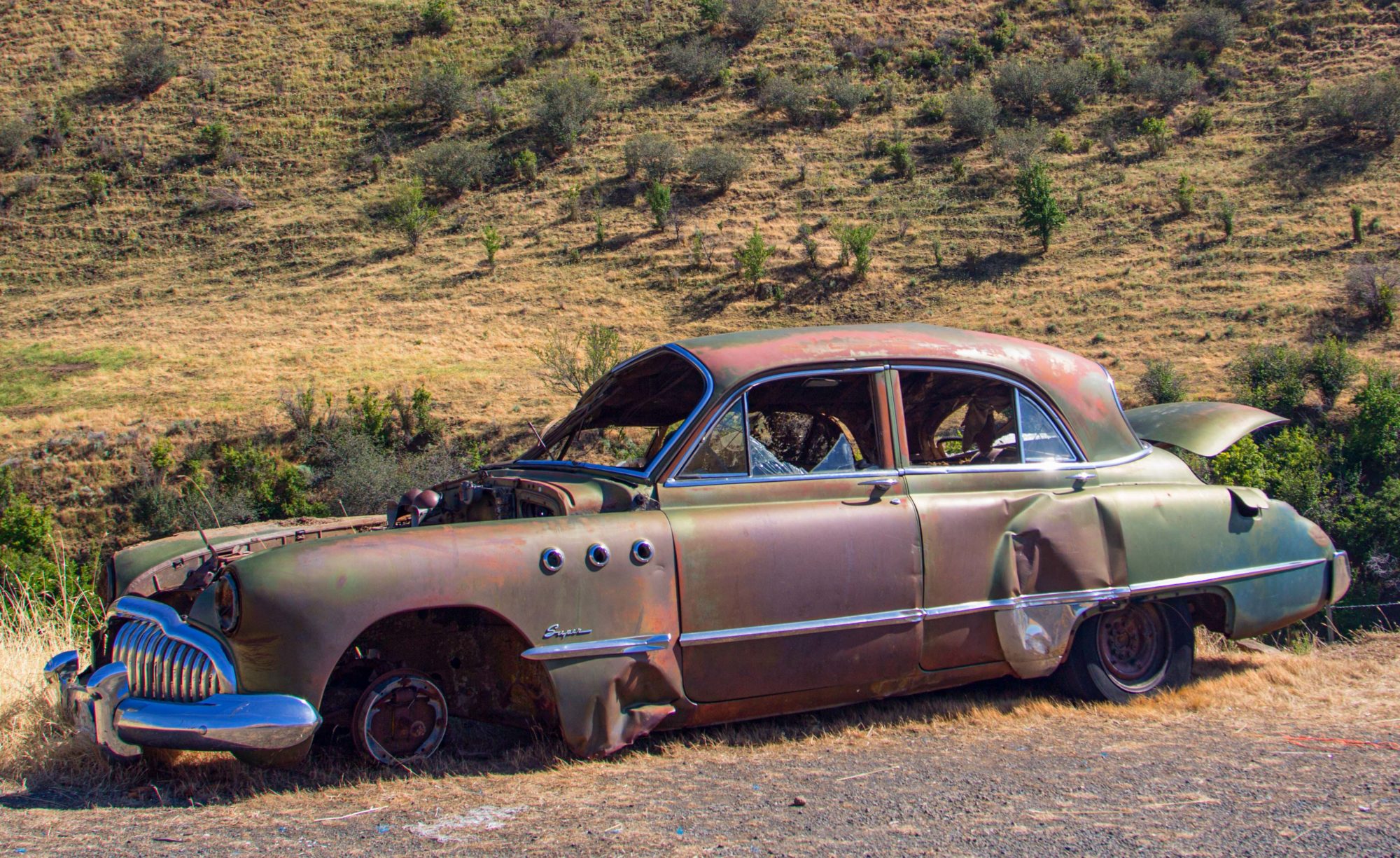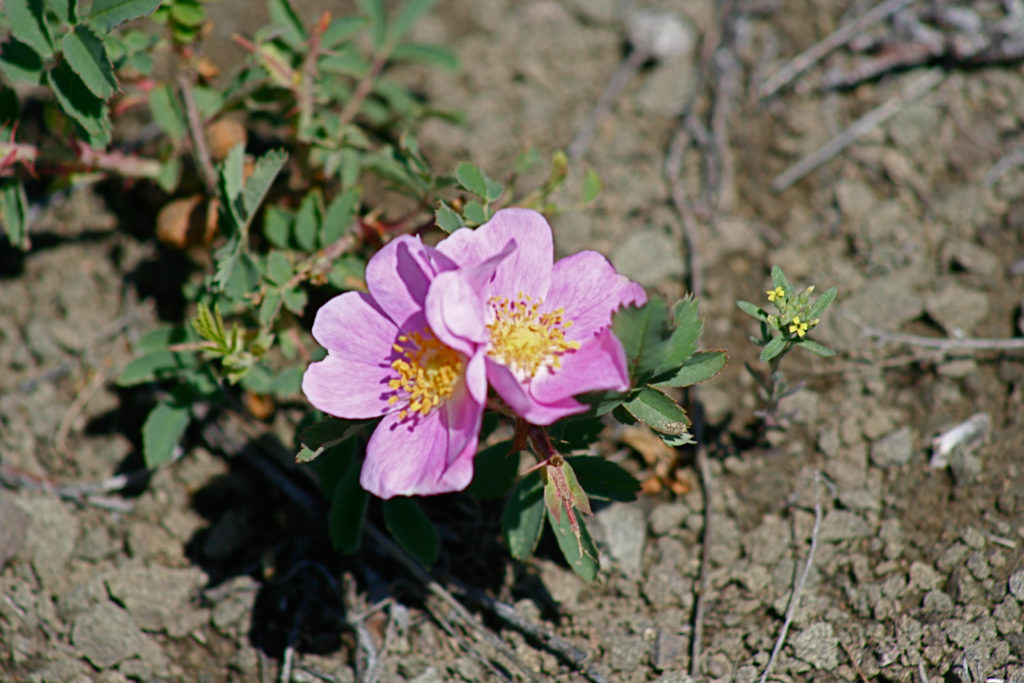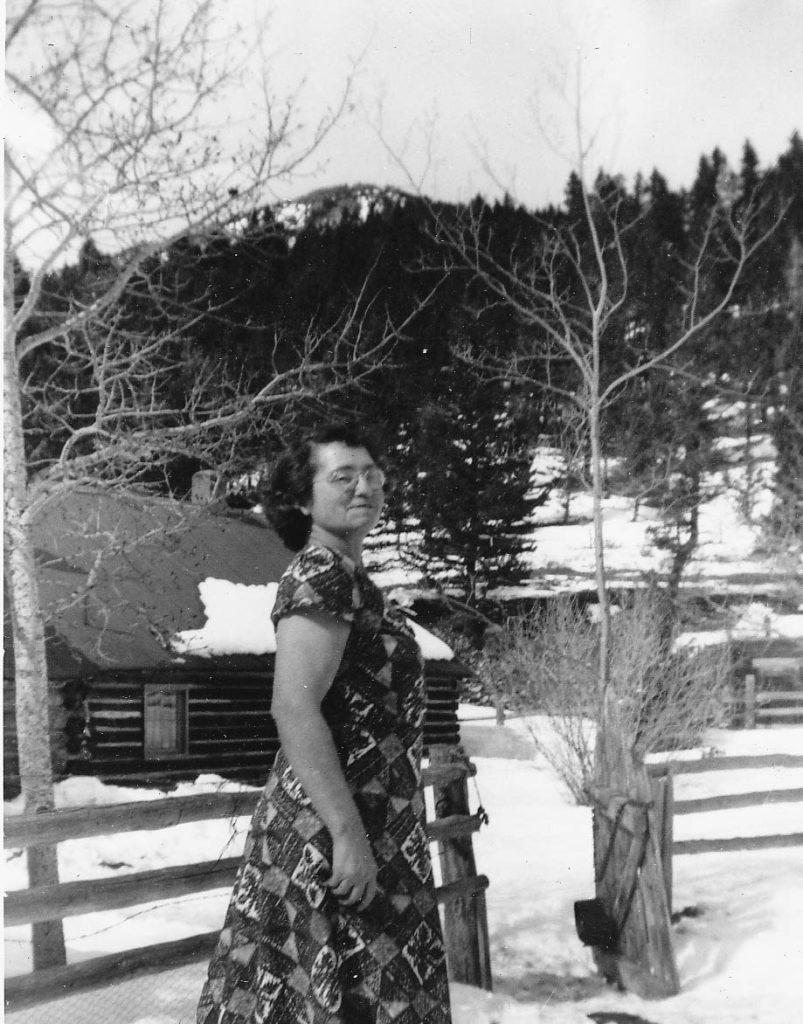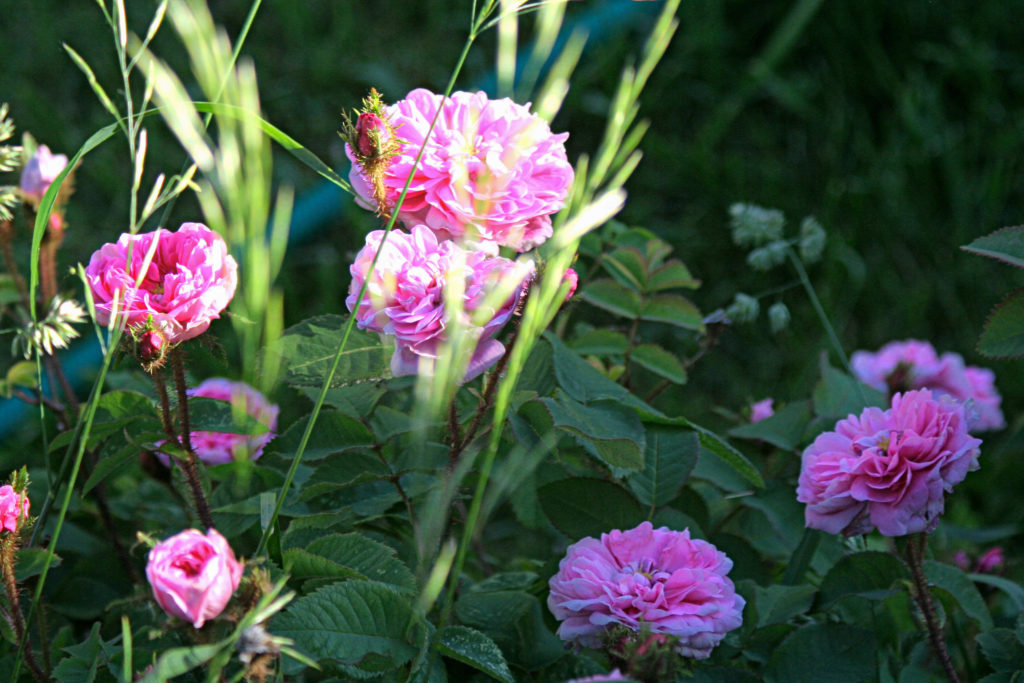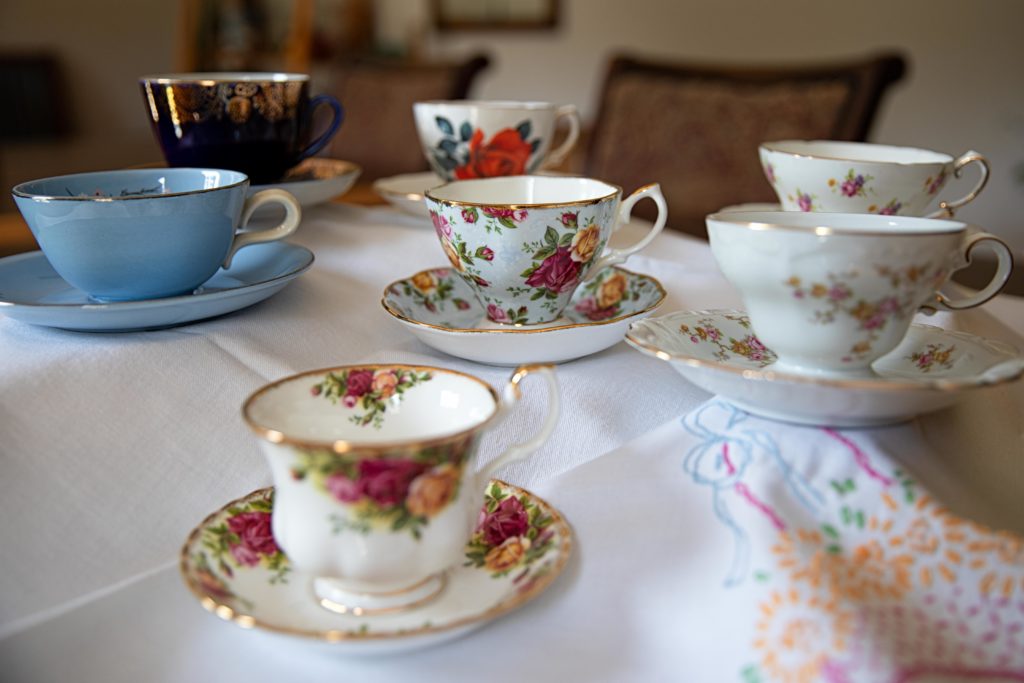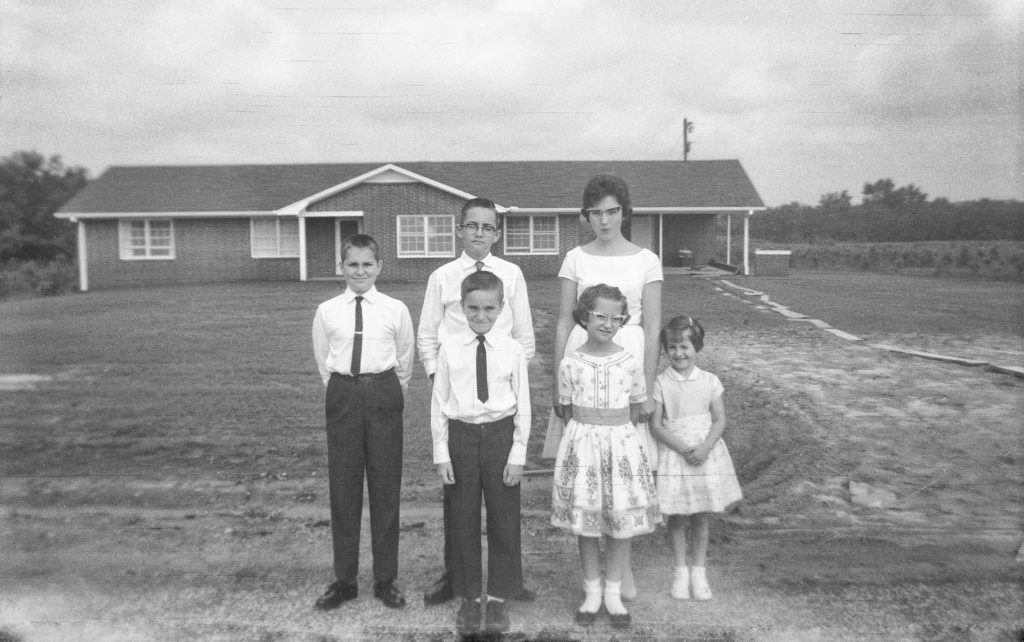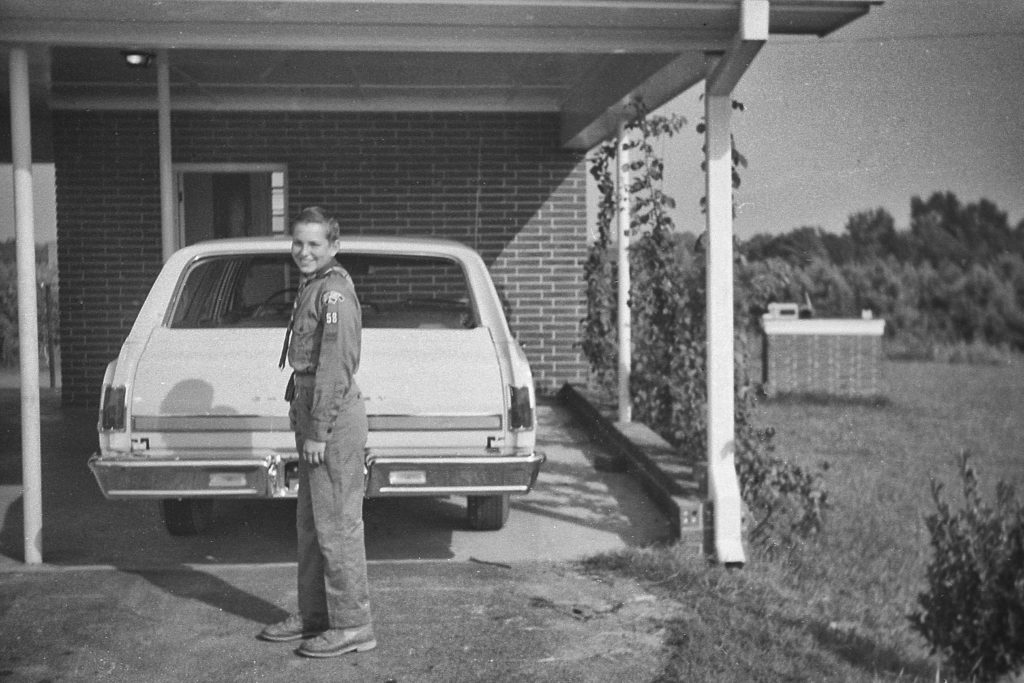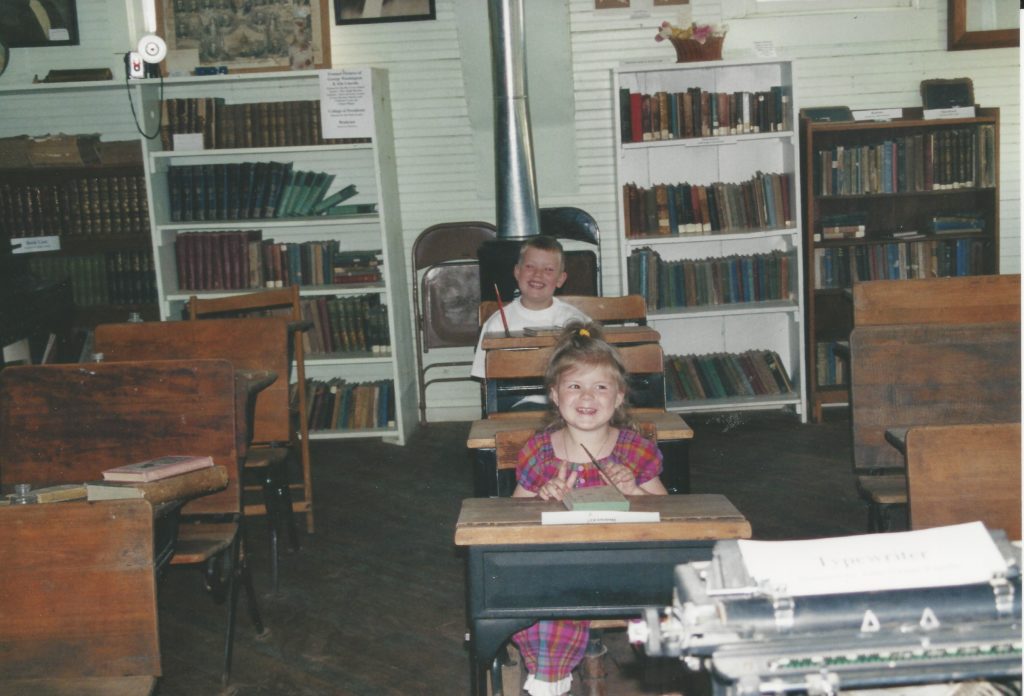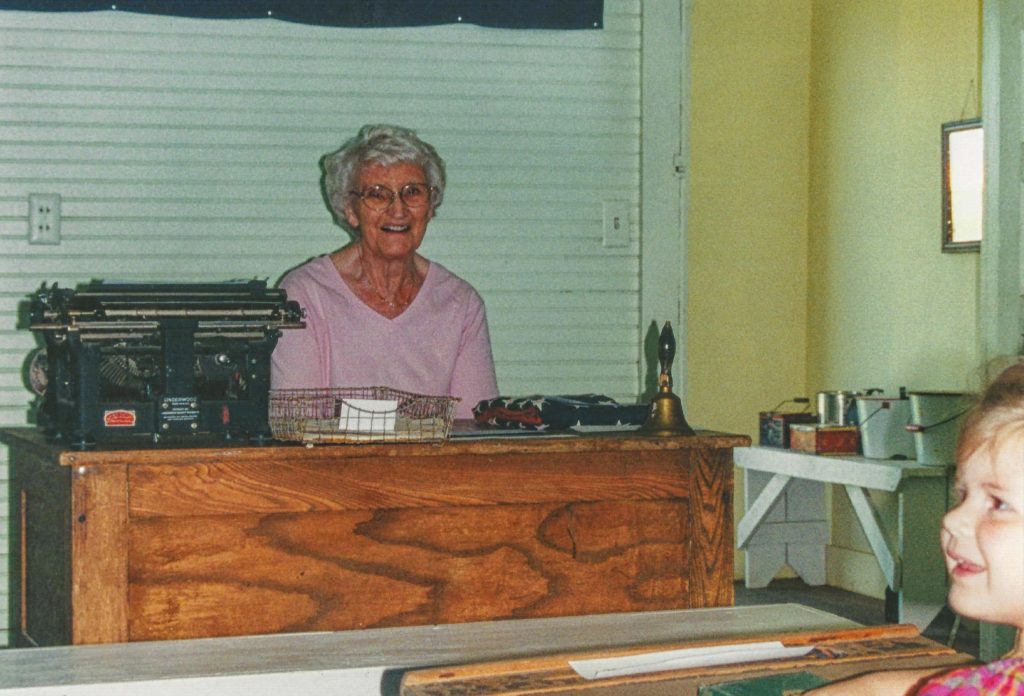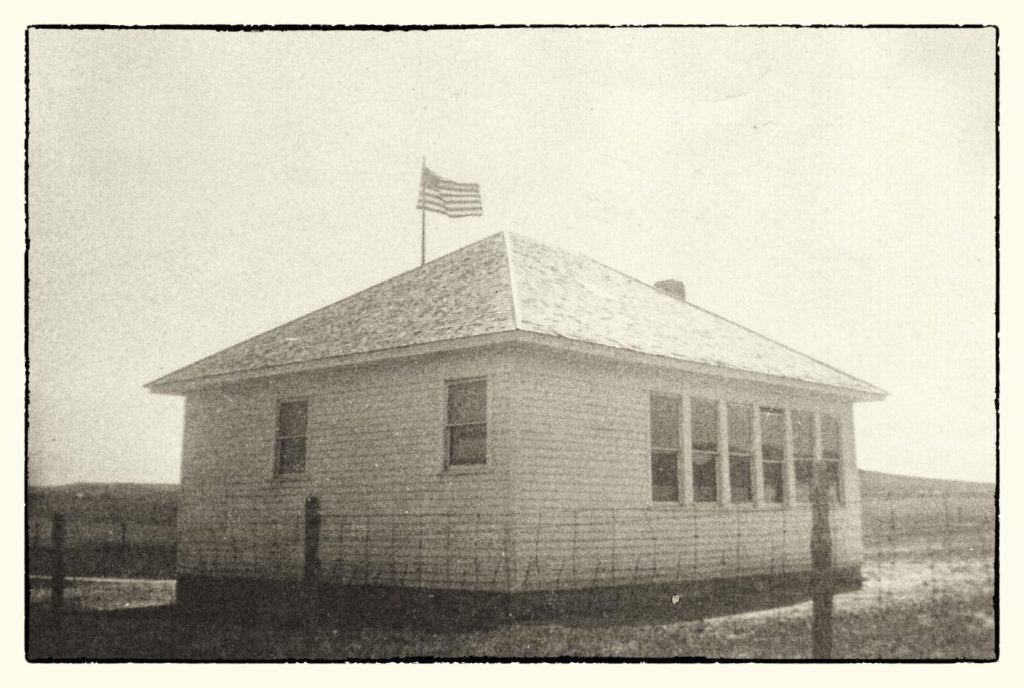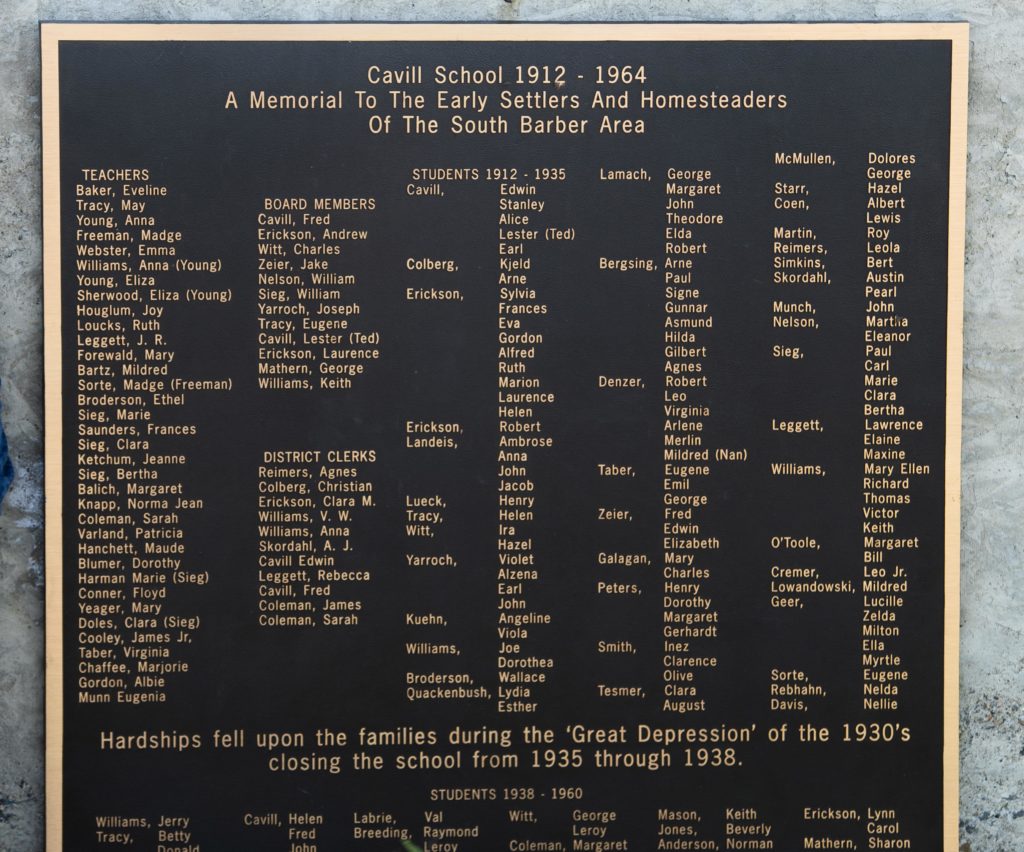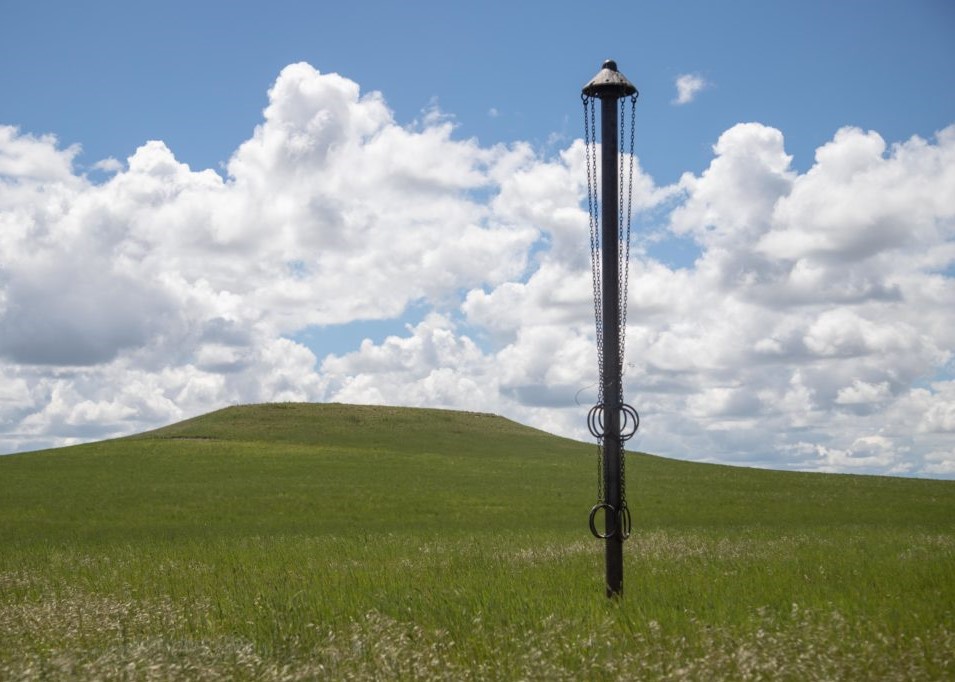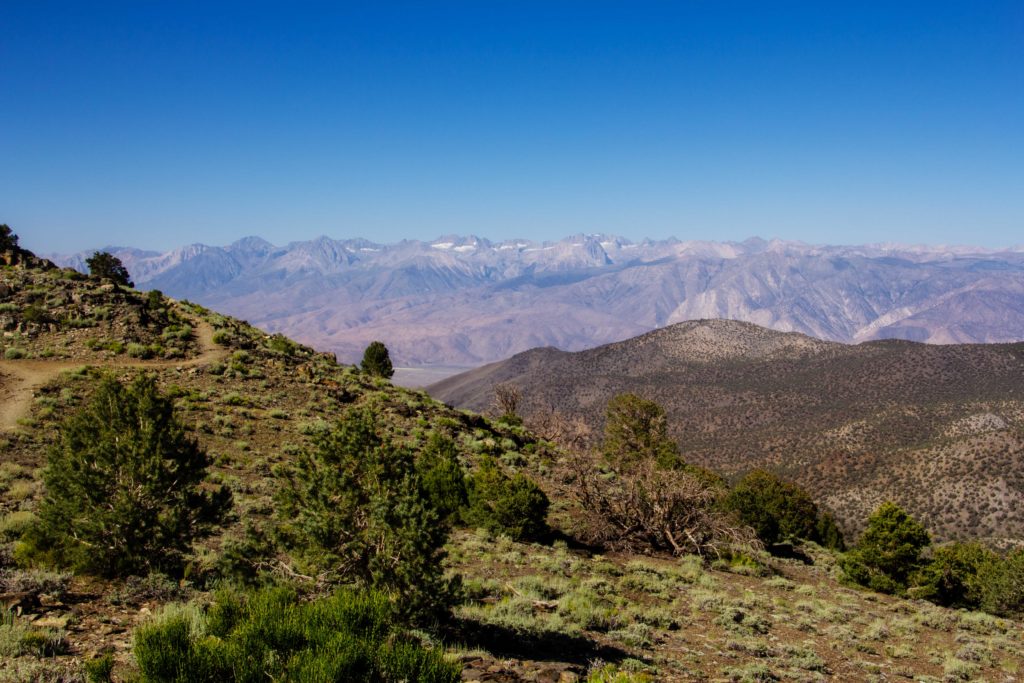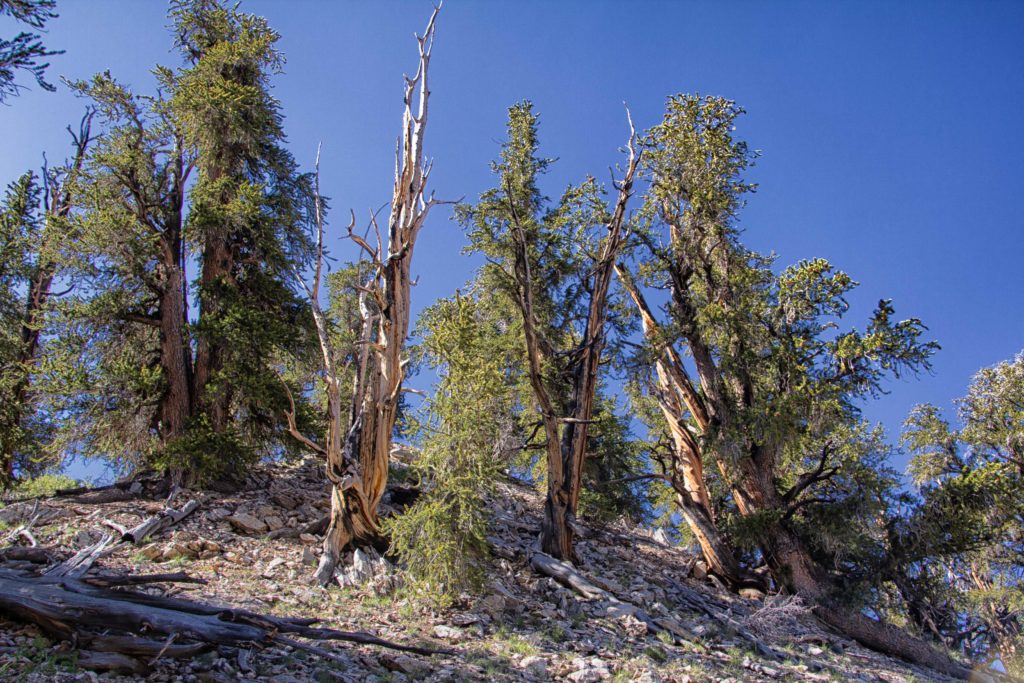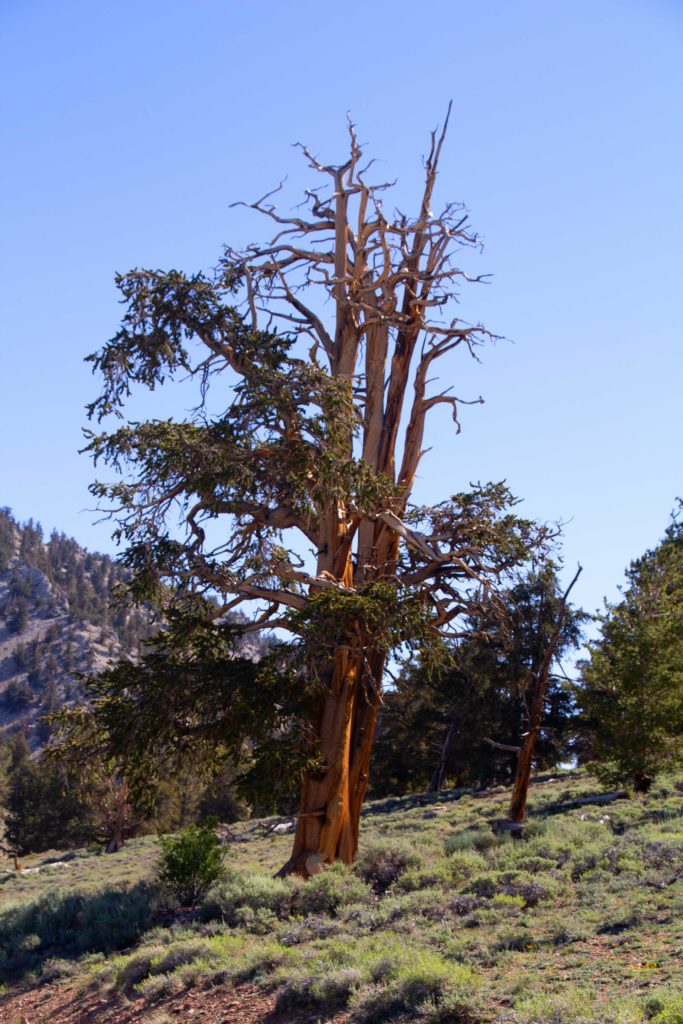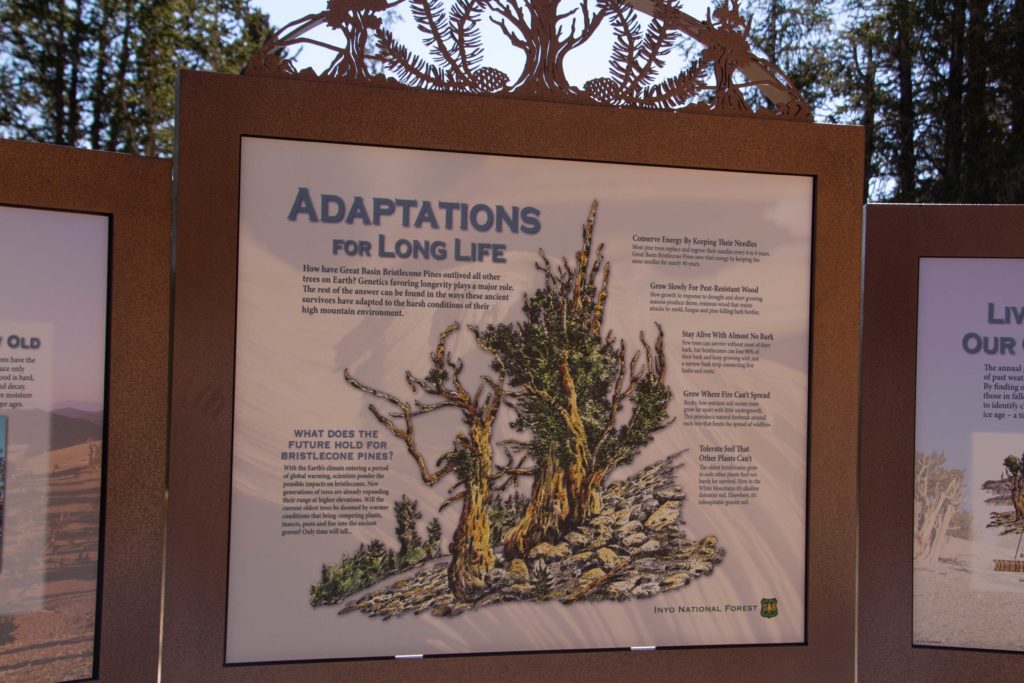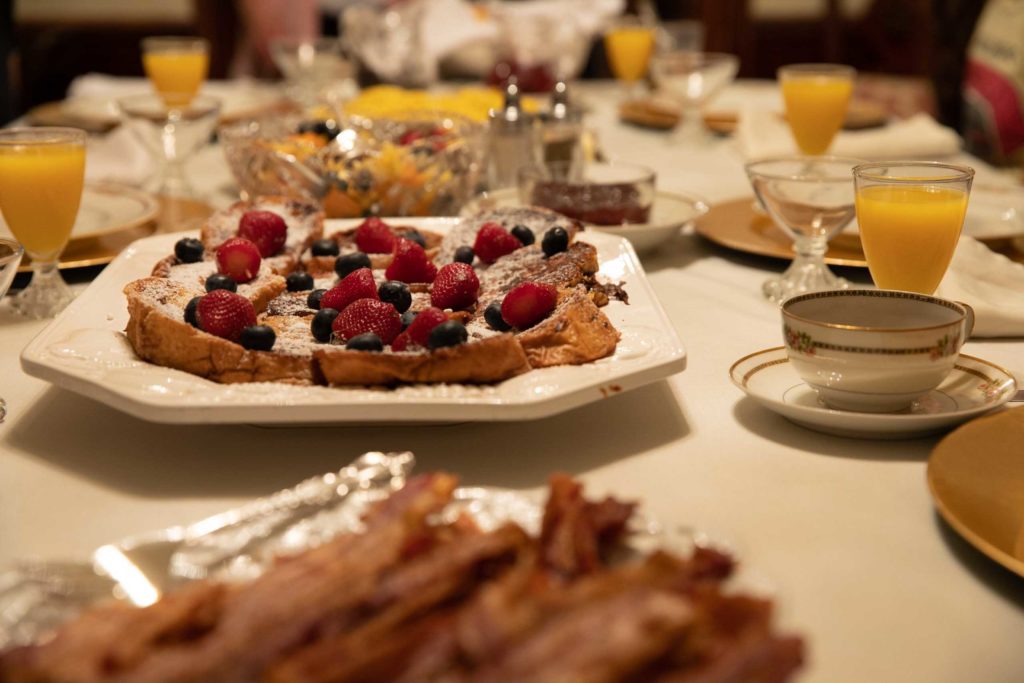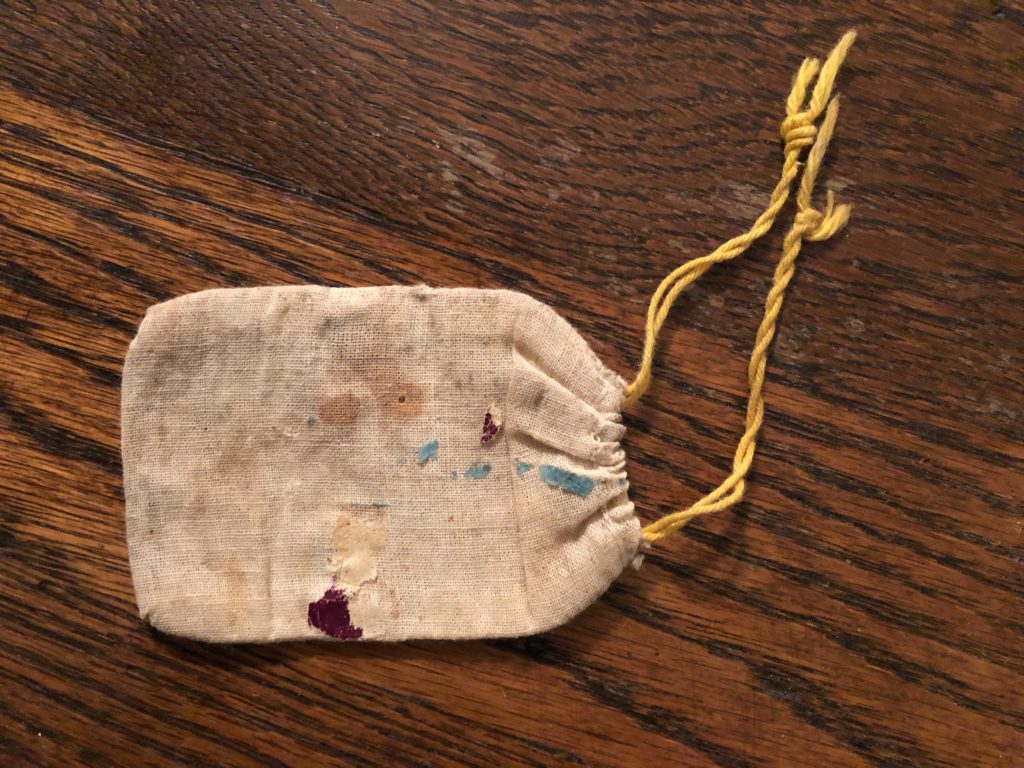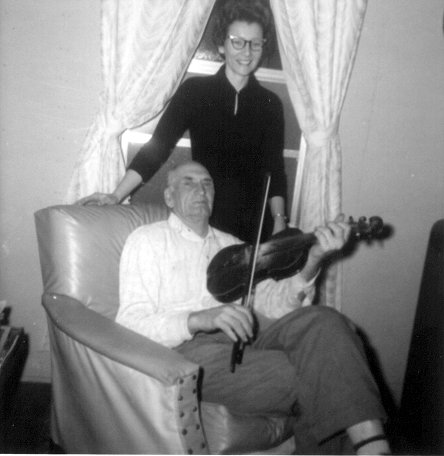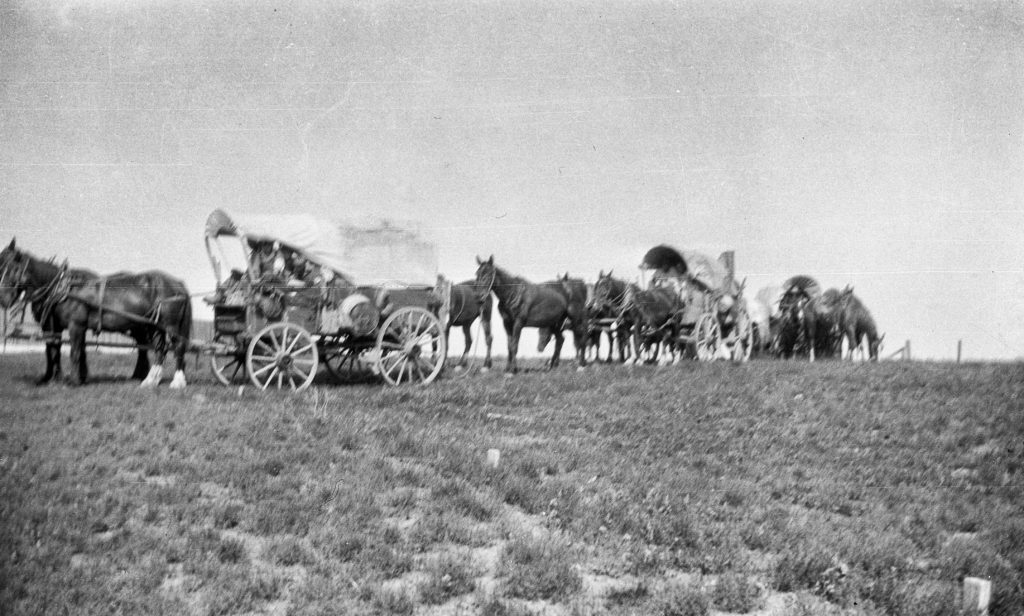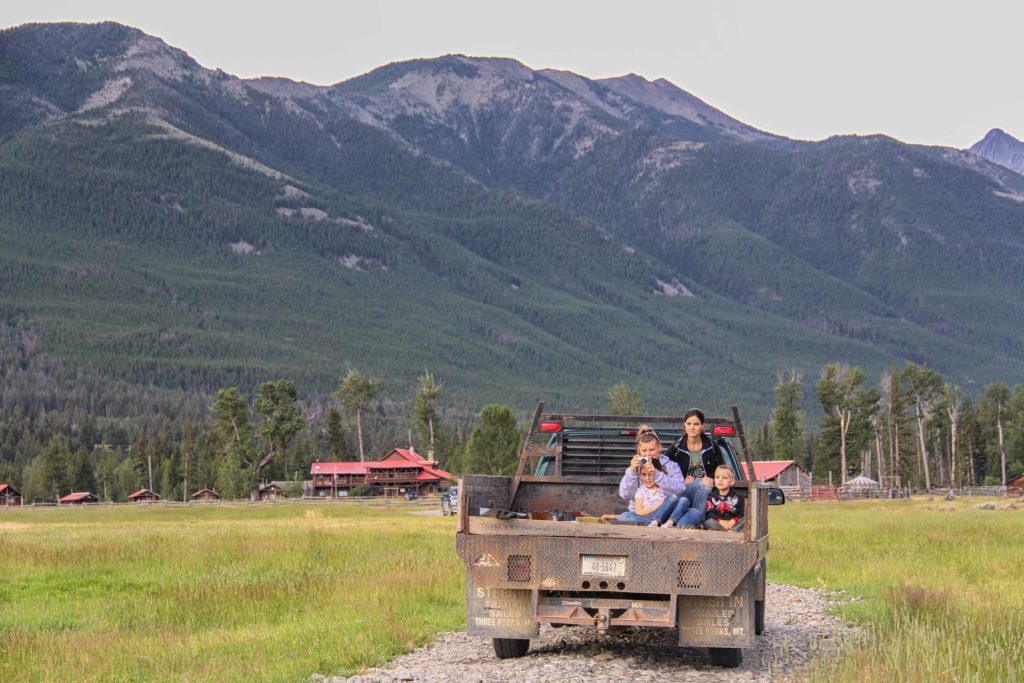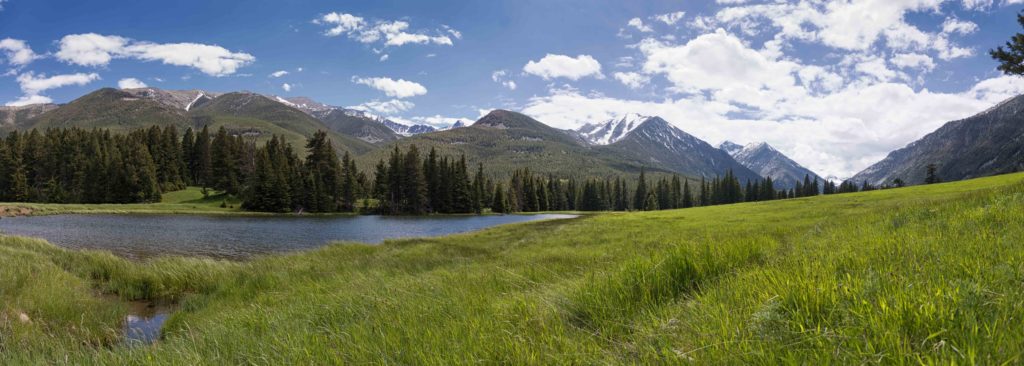My Grandmother was a unique individual with some wonderful traits. She was a good cook. When she knew we were coming, she would make some of my favorite things to eat. It was often roast beef with mashed potatoes and brown gravy, homemade noodles with tomatoes, and homemade bread. She would pull out a quart jar of home canned thick sliced 14-day pickles that would about take my breath away and make me pucker. They were my favorite. Sometimes she would even open a jar of pickled peaches, each decorated with a clove belly button.
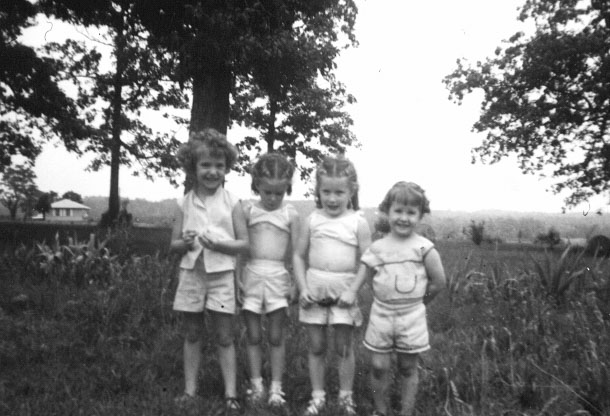
She crocheted, knitted and sewed. Many of the clothes my sister and I wore, especially in the summer, were made by my grandmother. She made us shorts with tops that matched, some trimmed with rick rack or lace. When I got a doll, it was well dressed in fancy homemade clothes (including undies) and crocheted dresses. She stayed in touch with family through her letters written in her impeccable handwriting. My grandmother was a good neighbor, a poet, and is said to have been an extraordinary horsewoman. My daddy said she could grab a chicken, ring its neck, have it plucked and ready for the frying pan by the time she made it to the house.
All of those things she did for others spoke volumes. We may not have been told, “I love you,” in words, but we were shown by her acts of service.
Among her admirable qualities were other not-so-admirable characteristics. For one thing, she was, well, stingy. I would ask her for a recipe, but when she gave it to me, she just happened to leave out ingredients or vital instructions. When I wanted her to teach me how to read crocheting instructions and to knit, she balked. I finally gave her no choice and told her, “One day you won’t be here anymore, and I want your legacy to live on. Tell me what I need to get, and you can to teach me.”
She was a Two-Square Grandma. We were only allowed to use two squares of toilet paper when we did our job. Now tell me, could you wipe your tush with just two measly squares? I couldn’t, and I had a tiny hiney. She must have remembered the days of rationing. Now I know why my granddad went outside to water the bushes or snuck off to the little house to use the unmonitored facility.
When my dad got to where he had to have help with his bathroom duties, I realized that he, too, suffered from a toilet paper phobia (acartohygieiophobia). He would take one square at a time, fold it in fourths and take one little wipe. Of course, that wasn’t enough to finish the job so he would tear off one more square and do the same thing. I’d come along behind (literally), grab a wad and finish the job. I told him, “Daddy, you can use more than one square at a time.” I think that Two-Square Grandma got hold of him, too!
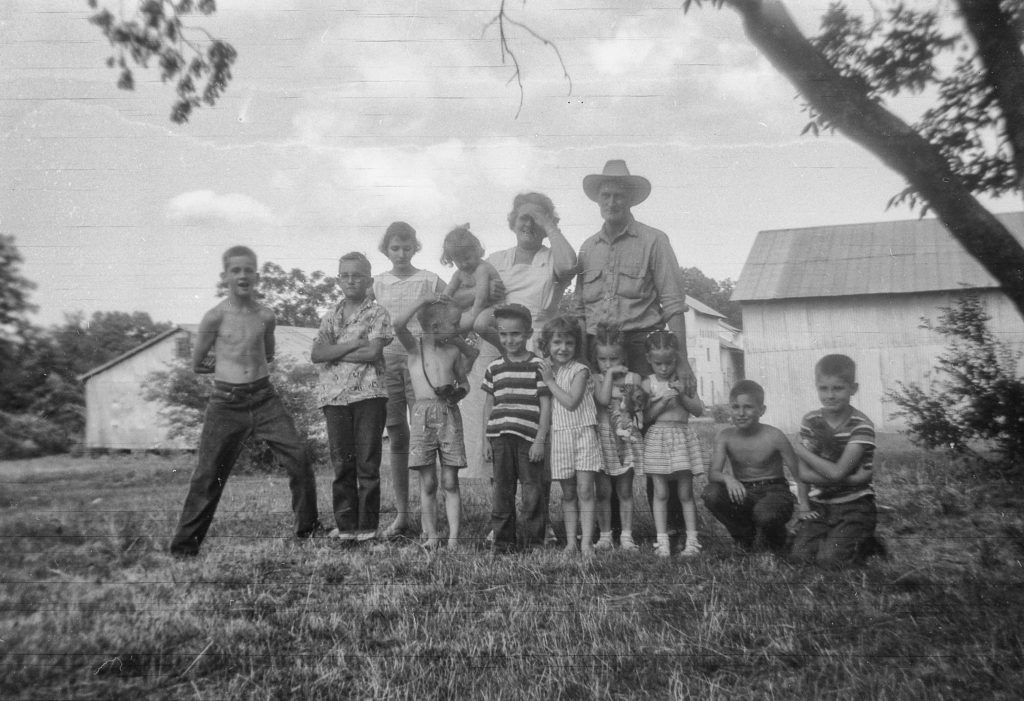
My grandparents with some of their grandkids. My grandmother is holding me.
August 2019
